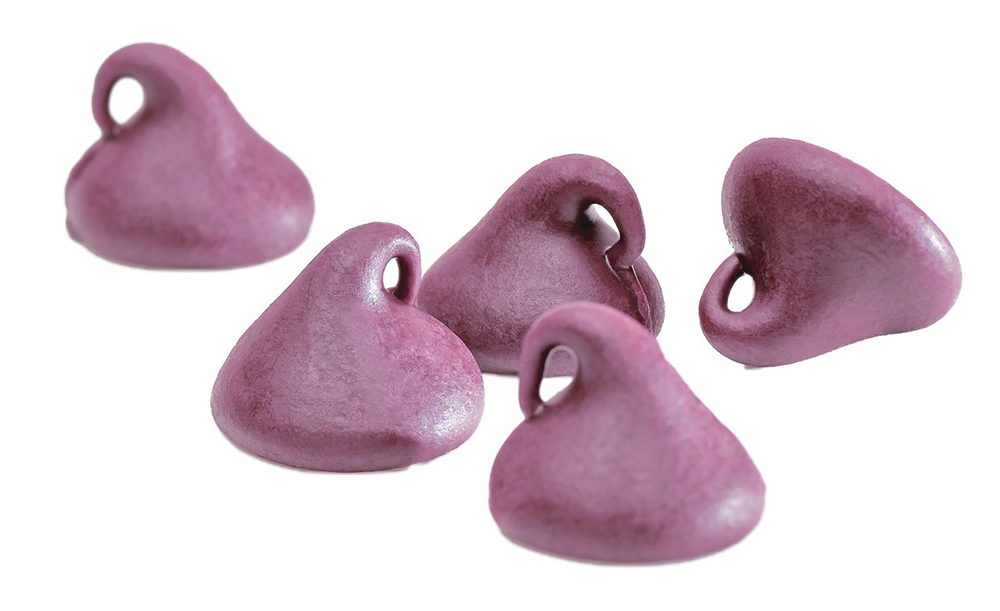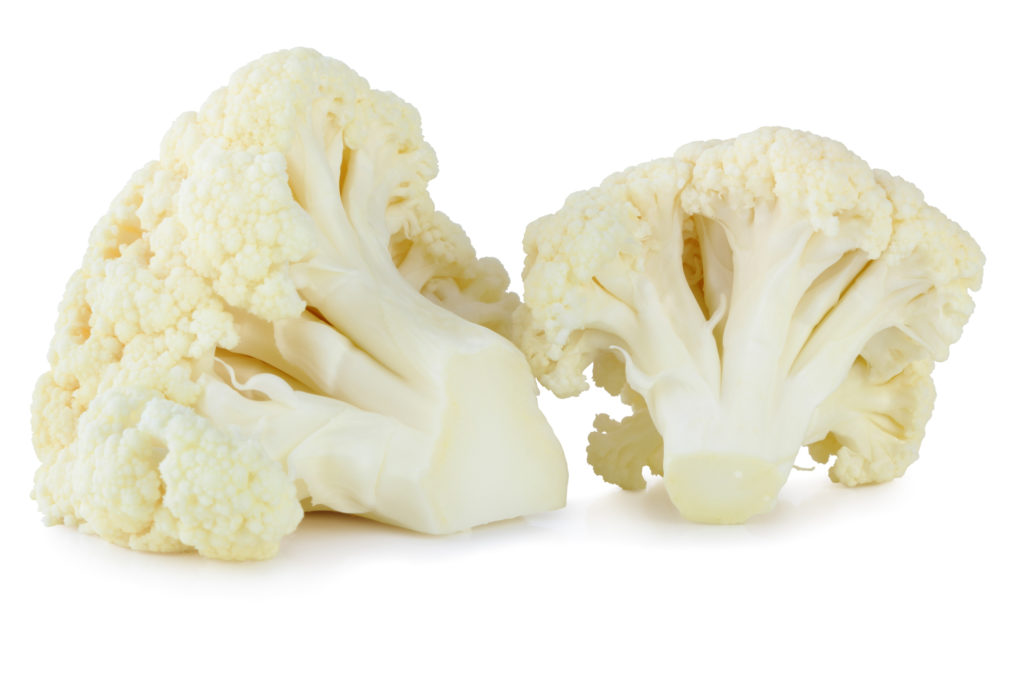
So far, one thing about 2017 is abundantly clear – it has been a year of new ideas, innovation, and the meeting of fresh challenges. A period of milestones achieved and deadlines crushed, of new directions followed and novel experiences realized. And perhaps it’s true to say that nowhere is this more evident than in the realm of food. From all points on the foodie spectrum, manufacturers have pushed the proverbial envelope on their products, offering exciting and refreshing takes on old favorites. (Or disgusting and regrettable – depending on your perspective.) So far, we’ve reported on coffees (both wine-infused and from beans passed through the digestive tract of elephants and civet cats), lab-grown meats generated from a single chicken feather, and the potential of milk harvested from the pest that everyone loves to hate: the cockroach. And that’s just the small selection of our articles. But what’s generated the most interest is our focus on ‘alternative’ food conventions where food manufacturers thumb their corporate noses at the ‘rules of the game’ and popularize the otherwise unpalatable: the rise of edible insects and the sudden popularity of black ice-cream being two such examples.
And, as consumers search for the next Big Thing, it seems that the unconventional, perhaps even whimsical, is on the rise, especially across The Pond in the European Union. From the continent that brought us that airport duty-free favorite, the Toblerone, not to mention the bite-sized Lindt truffles, and Milka’s ‘purple cow’ comes nutrient-infused chocolate and high-fiber-high-protein, healthy ice cream. Wait – chocolate as a healthy indulgence? If that sounds good, read on…
The items are infused with powdered elderberries, blueberries, hibiscus flowers, black carrots, and beetroot for an additional nutritional punch.
In a bold move, European chocolate manufacturer Herza, based in Norderstedt, Germany, has debuted a range of white chocolate products in varying shades of pink and purple. The items are infused with powdered elderberries, blueberries, hibiscus flowers, black carrots, and beetroot for an additional nutritional punch. And this is just the latest in a line of products the company has reinvented. Way back in 2014, Herza took the stage at the Finished Products show in Geneva, Switzerland, to present its line of functional foods – from all-new protein bars whose vibrant color matched that of its fruit filling to high-fiber diet bars with enhanced satiety effects.(1) But the white chocolate line takes Herza’s functional foods to the next level. By adding berry and flower extracts, the company has developed an enticing delivery mechanism for additional nutrients such as vitamins A and B, minerals such as magnesium, calcium, zinc, potassium, and iron, and anthocyannins – an antioxidant of the flavonoid family of polyphenol phytochemicals that may contain anti-inflammatory, anti-cancer, and anti-viral properties.
But what if you are not a fan of white chocolate? You’re in for a pleasant surprise. In breaking news, for the first time in 80 years the usual line up of milk, dark, and white varieties has been augmented by a fourth option: ruby. A full decade in development and the brainchild of Swiss mega-chocolatier Barry Callebaut, ruby chocolate was launched this month in Shanghai, China, and is said to be ‘an intense sensorial delight. A tension between berry-fruitiness and luscious smoothness.’(2) No hyperbole there then. Unlike the fruit-infused products of Herza, ruby chocolate is absent any added flavors, the sweetly, sour, fresh berry-fruitiness coming from the proprietorial processing of the ruby cocoa bean sourced from Ivory Coast, Ecuador, and Brazil. And the development comes at a good time for the cocoa industry. Following a steep drop in global sales, U.S. chocolate maker Hershey recently cut 15% of its staff at the same time that Nestle is attempting to divest itself of its stateside chocolate business. The market downturn is largely due to a surplus of cocoa beans that precipitated a 30% price drop in the last year sparking a crisis in Ivory Coast, the world’s largest exporter of the crop. Already troubled economically and politically, this West African country is heavily reliant upon agricultural exports with small-scale growers forming the backbone of the industry.
So the emergence of a new chocolate phenomenon could not come at a better time. Consumer tested in the United Kingdom, China, and Japan, ruby chocolate is said to appeal to millennials who are willing to invest more in the indulgence of novelty. In a telephone interview with Bloomberg, Barry Callebaut’s CEO Antoine de Saint-Affrique gushed: ‘“It’s natural, it’s colorful, it’s hedonistic, there’s an indulgence aspect to it, but it keeps the authenticity of chocolate. It has a nice balance that speaks to millennials.”’(3)
And despite our love of all things chocolate, we have to assume our invitation to participate on the U.S. tasting panel was lost in the mail…
Billed as comfort foods with a twist, Oprah’s new line of nutrient-enhanced soups and sides are free of artificial colors and flavors and are supplemented with additions such as butternut squash and cauliflower.
Has all of this emphasis on chocolate made you nervous about your waistline? We understand – we feel the same. So perhaps it will come as good news that others in the food industry have our backs. Developers, for instance, like those behind the new line of ‘O, That’s Good!’ products created for Oprah, in association with the Kraft Heinz Company. Billed as comfort foods with a twist, Oprah’s new line of nutrient-enhanced soups and sides are free of artificial colors and flavors and are supplemented with additions such as butternut squash and cauliflower. The idea of incorporating the butternut squash into the Three Cheese Pasta, for instance, is to enhance the richness of the flavor and texture while cutting back on the saturated fat content – i.e. the cheese. So, on the face of it, it seems a healthier option. But not so fast! A closer look at the nutrition information panel reveals that a small serving (1 cup) still contains 7g saturated fat (about 35% daily value) and a whopping 830mg of sodium (also 35% daily value), so – although convenient and accessible – perhaps this is not a food for everyday consumption.(4)

This is also true of Green Giant’s new line of ready-made sides such as the Bacon and Cheddar Mashed Cauliflower. Touted as a better option than regular mashed potatoes, this dish is 40% lower in caloric value and contains a full serving of that cruciferous favorite (or nemesis, depending on your taste), cauliflower. Sounds good? Except for that fact that a half-cup serving still contains 460mg sodium, and the 2g of fiber are overshadowed by the 6g of fat that make up over half of the dish’s calories.(5) Perhaps we could return for another nibble of that chocolate after all?
In looking more closely at Herza’s press releases, it is interesting to note that the company does not make any specific claims to health for the white chocolate line per se. In fact, it even highlights that the vitamin content of its enhanced chocolate has not been analyzed.(6) However, when added to other items, Sales Director Carsten Braumann says the chocolate provides a nutritional upgrade making ‘trendy foods like superfood cereal mixes [and] healthy foods like muesli more attractive for a wider target group.’(7) The company anticipates that most of its sales will be B2B with manufacturers of cereal bars, granola, and perhaps even ice cream as its customer base.
With that said, although the vitamin content of Herza’s functional chocolate indulgences has not been analyzed, their corporate food safety management system has been scrutinized and found to be excellent.
Assessment by Lloyd’s Register Quality Assurance (LRQA), a global organization with a mission to provide assessment, certification, validation, and verification of safety protocols in operation, has verified that Herza complies with all requirements of food safety systems certification FSSC 22000. This standard is comparable to the Preventative Control for Human Food Rule (PCHF) as designated by the Food Safety Modernization Act, or FSMA. FSSC 22000 certification involves not only an annual audit but also a full verification of prerequisite programs (PRP). PRPs are defined by the ISO 22000 standard as ‘basic conditions and activities that are necessary to maintain a hygienic environment throughout the food chain suitable for the production, handling, and provision of safe end products and safe food for human consumption.’(8) According to Food Safety Magazine, PRPs cover 8 main action areas that will meet the scrutiny of external auditors: establish responsibility, develop, document, implement, train, monitor/record, verify/audit, and review/update.(9) In essence, this seems like a basic framework for the cultivation of best practices with the additional incorporation of Critical Control Points (CCPs) and Hazard Analysis and Critical Control Points (HACCPs) protocols.
So from a food safety perspective, Herza is a company to watch – in a positive sense. As ‘one of the leading manufacturers of functional bars in Europe’ Herza’s 96-year history of making chocolate products stands it in good stead for becoming a role model for the industry. It seems Herza, now part of the Stern-Wywiol Group, is managing the delicate balancing act of innovating radical new products to remain relevant in an ever-shifting market while still underpinning its R&D with excellent SOPs and Good Manufacturing Practices. It would appear there is still much we can learn from the practices of the ‘Old World’…
Are you a chocoholic? Does the idea of nutrient-enhanced edibles excite you? Or do you refrain from high-flying sweet treats in favor of filling up on more down-to-earth vegetables like butternut squash? We’d love to hear your thoughts!
Update: Hedonistic Indulgence or Unique Innovation?
References:
- http://www.candyindustry.com/articles/86130-herza-schokolade-bars-break-color-barriers
- https://www.barry-callebaut.com/news/2017/09/barry-callebaut-reveals-fourth-type-chocolate-ruby
- https://www.bloomberg.com/news/articles/2017-09-05/chocolate-gets-first-addition-to-color-palette-in-80-years-ruby
- http://www.othatsgood.com/products/Three-Cheese-Pasta
- https://www.greengiant.com/products/detail/green-giant-cheddar-bacon-mashed-cauliflower/
- http://www.foodnavigator.com/Market-Trends/Purple-chocolate-ups-the-possibilities-for-healthy-indulgent-foods-Herza
- ibid
- https://www.foodsafetymagazine.com/magazine-archive1/december-2011january-2012/prerequisite-programs-help-ensure-safety-and-meet-auditor-scrutiny/
- ibid

Pingback: Leverage the Beverage - Food Contact Surfaces
Pingback: Nanoparticles Delivered From A Microneedle Patch of Drugs Revolutionize Body Sculpting - Berkshire Singapore
Pingback: Functional Comfort Food - Food Contact Surfaces